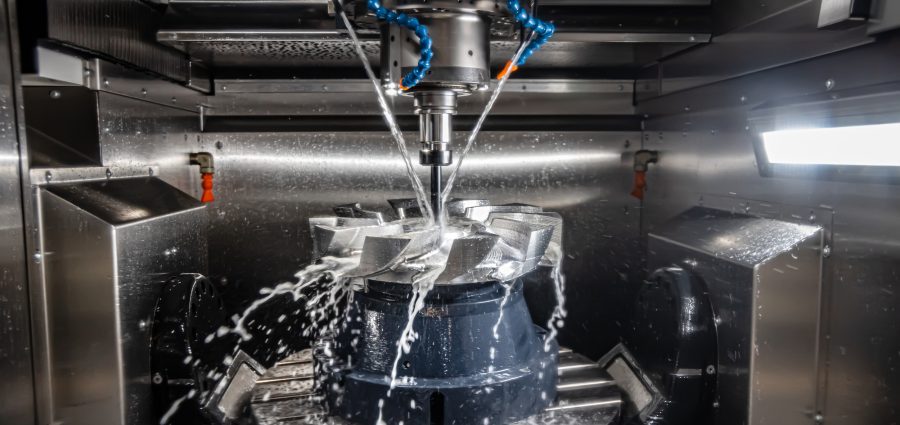New orders of manufacturing technology totaled $434.1 million in December 2022, down 1.7% from November 2022 and down 27% from December 2021, according to data released Feb. 13 by the Association for Manufacturing Technology (AMT).
AMT’s latest U.S. Manufacturing Technology Orders (USMTO) report also showed that total orders for all of 2022 came to $5.54 billion. Despite experiencing a 6% decrease from total orders in 2021, the manufacturing technology industry still recorded its third-best year in 2022, AMT chief knowledge officer Patrick McGibbon said in the report.
“Despite the reduction in orders from 2021, it is hard to find a negative story about the manufacturing technology industry,” McGibbon said. “The recession that pundits have been predicting for months is now being termed a ‘rolling recession,’ where some industries grow while others contract at different rates. We in the manufacturing industry call that business as usual, and 2022 proved no different.”
The continued demand for capacity from domestic manufacturers was a critical driver in the success of 2022, according to the report. While machine shops — which are often seen as a leading indicator of economic conditions — had “modestly” decreased orders from 2021 levels, they were still nearly 23% over their 2019 order levels in 2022. Agricultural machinery manufacturers also decreased orders in 2022 after a significant increase in 2021, but were still more than double their 2019 levels, the report said.
“Over the last two years, we have been pointing out potential hurdles that could upend the historic run of order activity,” McGibbon said. “Each time, the industry responded by taking in more orders than expected, which is a testament to the health of the United States manufacturing sector and a great way to begin 2023.”


Related Posts
-
Year-to-date orders for manufacturing technology orders dropped below 2021 for the first time in 2022,…
-
The increase snapped a streak of four consecutive months in which orders of manufacturing technology…
-
It may signal a return to typical demand patterns after two years of solid gains…






